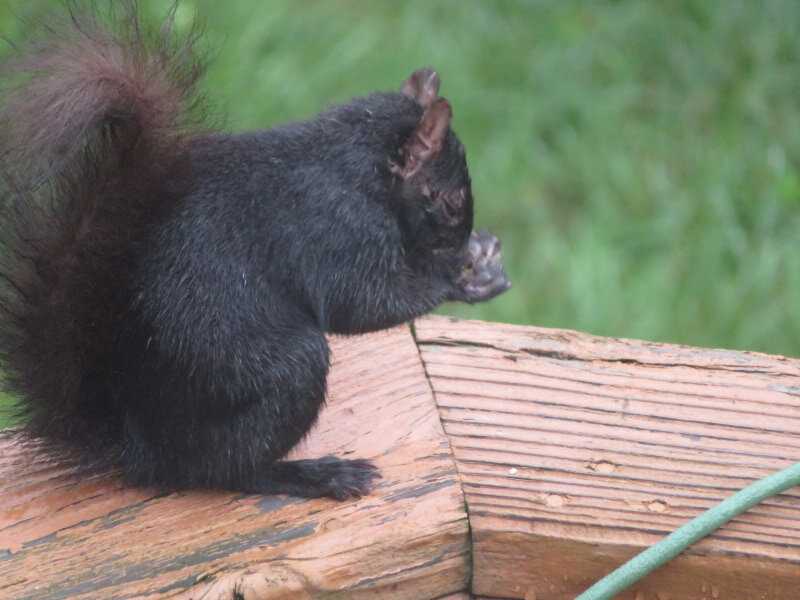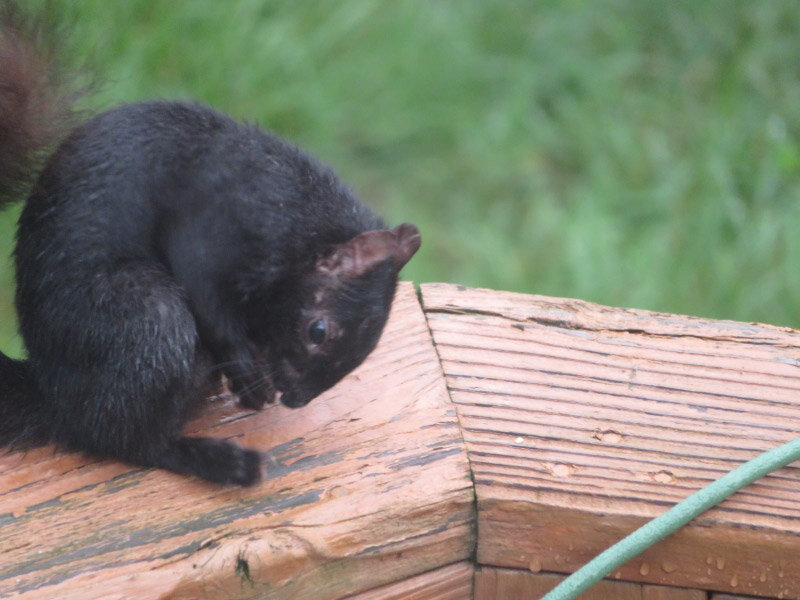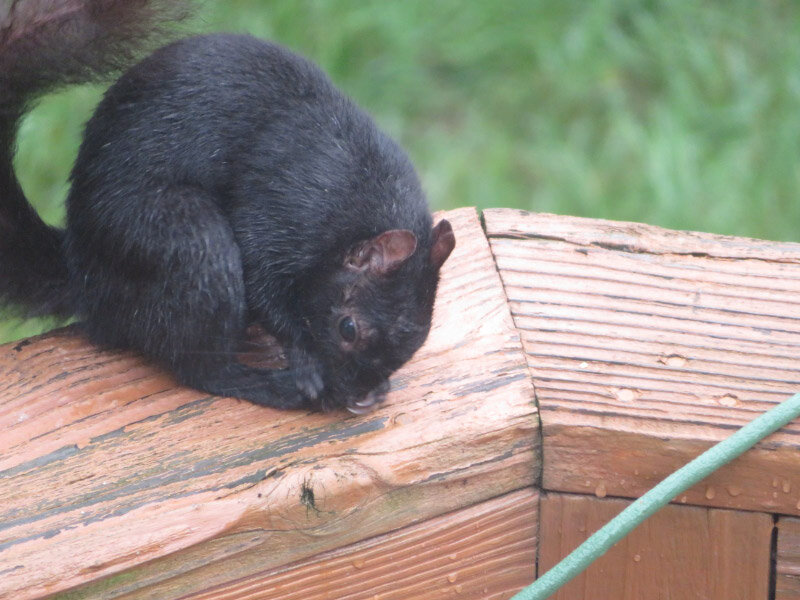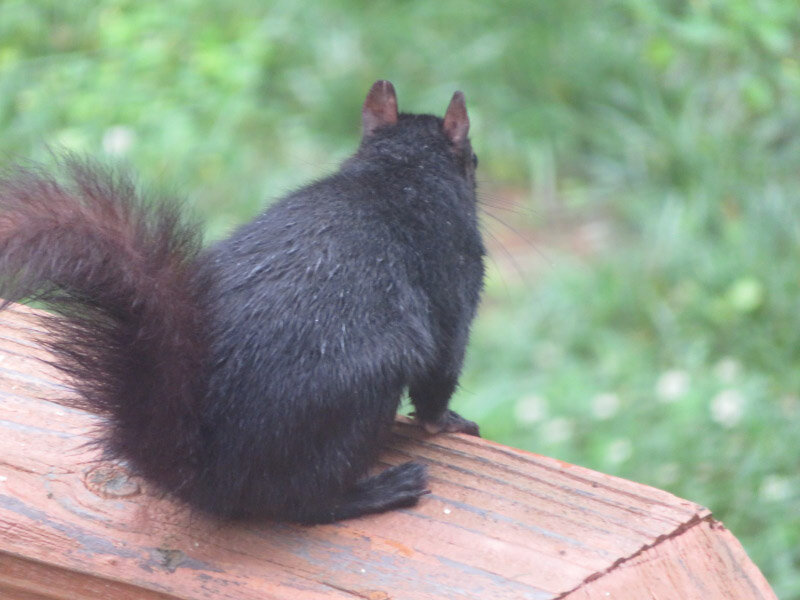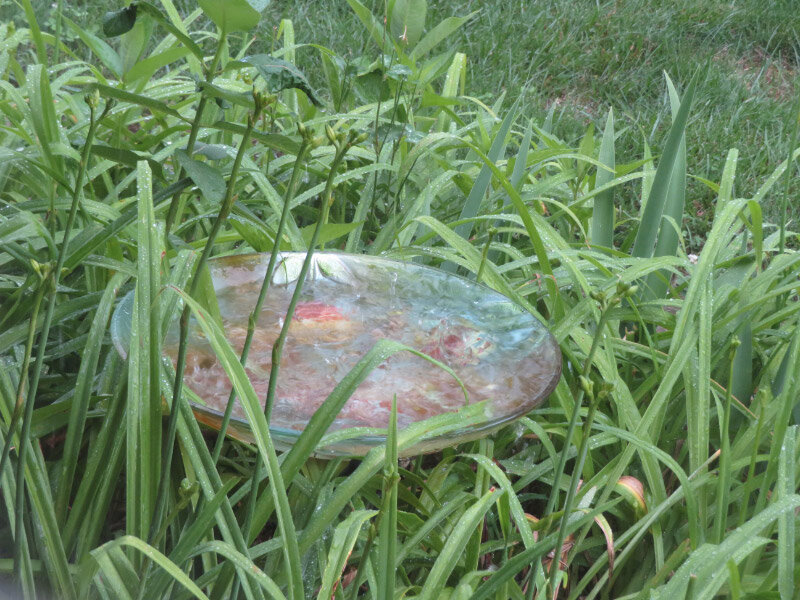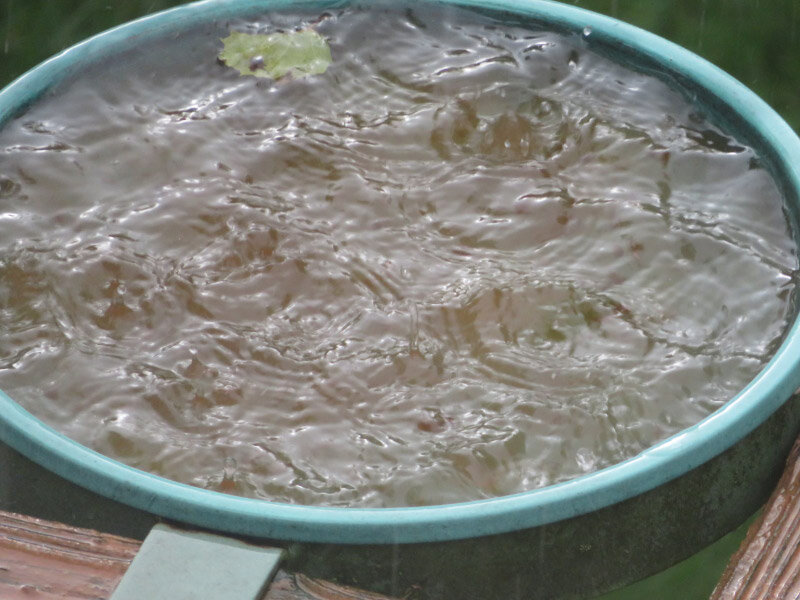Gleanings of the Week Ending May 22, 2021
/The items below were ‘the cream’ of the articles and websites I found this past week. Click on the light green text to look at the article.
Top 25 birds of the week -May 2021 – Starting out the gleanings list with bird photographs!
Why cats love to sit in boxes – even fake ones – All of our cats have liked sitting in boxes….it was fun to see some research showing that even the 2D shape is appealing to them!
An incomparable intellectual who fell through the cracks of history – A woman, of course. In this case it was Robert Boyle’s older sister, Katherine Jones, Lady Ranelagh.
Strange and surprising facts about Opossums – The only marsupial north of Mexico. Odd look and behavior.
Irish farmer stumbles onto ‘untouched’ ancient tomb – Turning over a rock and finding a stone-lined passageway!
Ancient pottery reveals the first evidence of honey hunting in prehistoric West Africa – Analysis of potsherds from Central Nigeria revealed that around 1/3 of the pots they came from were used for processing or storing beeswax! The pieces of pottery are from the 1st millennium BC.
Big Spring Lodge, Cabins Rehabilitation Lags at Ozark National Scenic Riverways – I hope the project now planned to start in the fall gets completed on time. The place would be a good vacation destination for us since my daughter lives in Missouri.
You are how you cook – Research on the cooking methods in different parts of China and the relationship to the type of grains utilized over time. The areas that boiled/steamed food tended to use millet over wheat or barley since the later two grains take longer to cook by that method.
Fighting dementia with play – A pilot study with a game consisting of a screen and floor panel with four fields that measure steps, weight displacement and balance….users attempt a sequence of movements with their feet requiring physical and mental skills. The pilot was promising. Perhaps these types of games will become one of the strategies to enable people to handle daily life longer.
Meet Benjamin Banneker, the black scientist who document brood x cicadas in the late 1700s – Benjamin Banneker Historical Park and Museum are close to where I live in Maryland. I’ve been there several times (posted about it in March 2015 and December 2018, but hadn’t realized that noting the periodic cicadas was one of his numerous observations.


